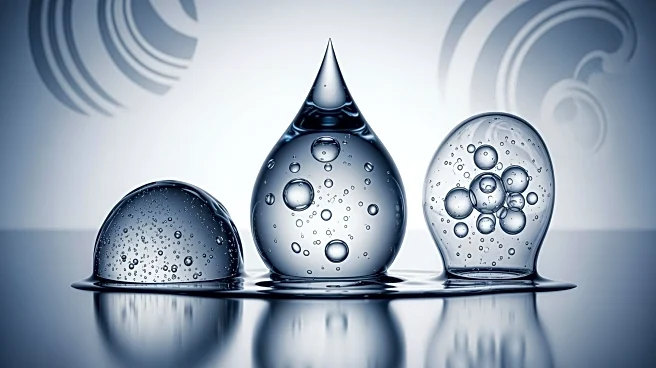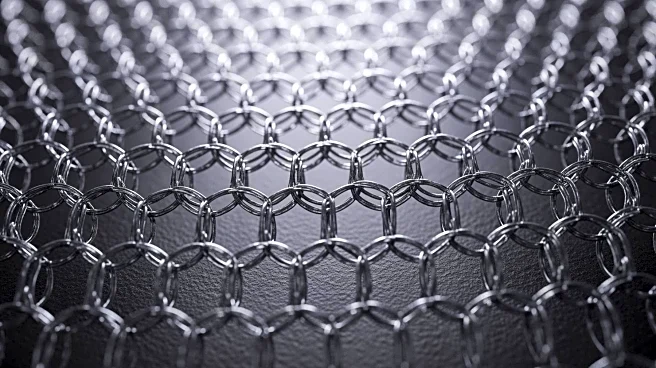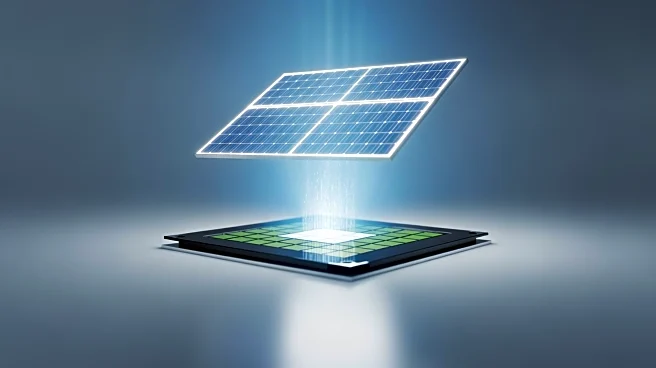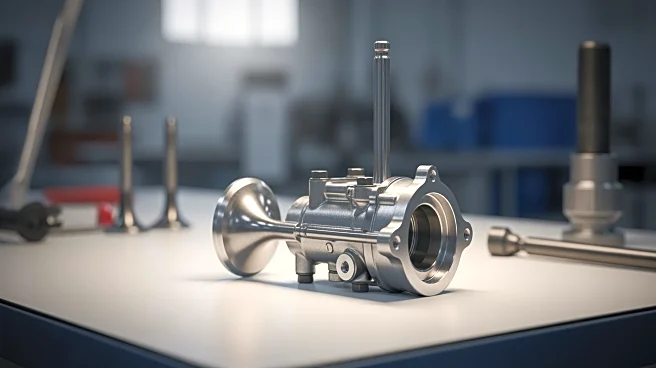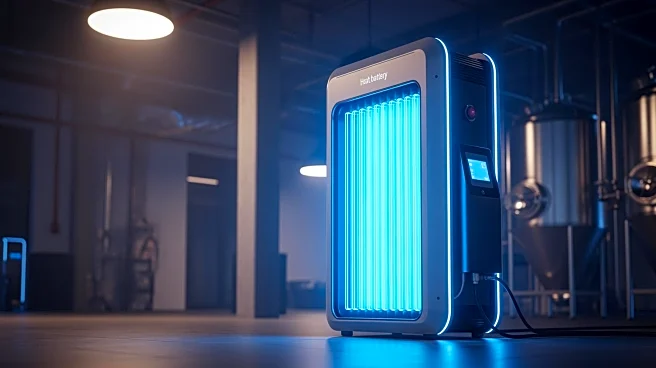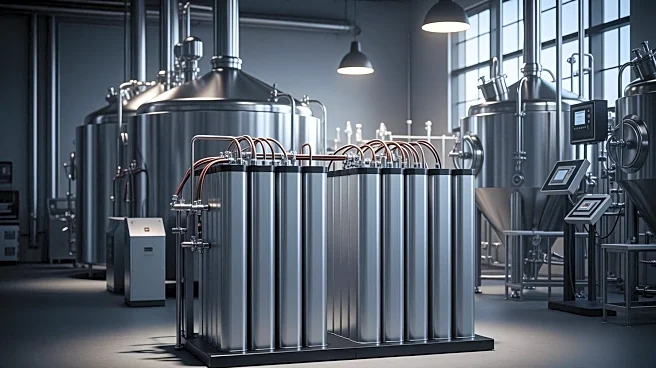What's Happening?
Researchers have developed a novel triple-state gel that combines the properties of aerogels and hydrogels, creating a material with continuous solid, liquid, and gaseous phases. This innovation, described as an 'immoral marriage' between hydrogel and aerogel,
involves embedding superhydrophobic SiO2 aerogel microparticles into a polyvinyl alcohol (PVA) hydrogel matrix. The resulting material mimics the structure of natural leaves and offers scalable, high-performance alternatives for sustainability-critical applications. The research is still in its early stages, with potential for further exploration of its physicochemical properties and applications in fields such as battery thermal protection and synthetic functional soil.
Why It's Important?
The development of triple-state gels represents a significant advancement in biomimetic materials, offering new possibilities for sustainable applications. By combining the unique properties of aerogels and hydrogels, these materials could lead to innovations in various industries, including energy storage and environmental protection. The ability to customize these gels using artificial intelligence tools further enhances their potential, making them a promising area for future research and development. This could lead to more efficient and environmentally friendly solutions in sectors that rely on advanced material technologies.
What's Next?
Future research will likely focus on synthesizing new types of triple-state gels using different microparticles and gel matrices. Scientists are expected to explore the untapped properties of these materials, potentially leading to breakthroughs in mechanics, optics, and other fields. As more data becomes available, the use of AI tools in designing these materials will become increasingly important, potentially accelerating the development of new applications. The ongoing exploration of these gels' properties and applications could result in significant advancements in material science and technology.
